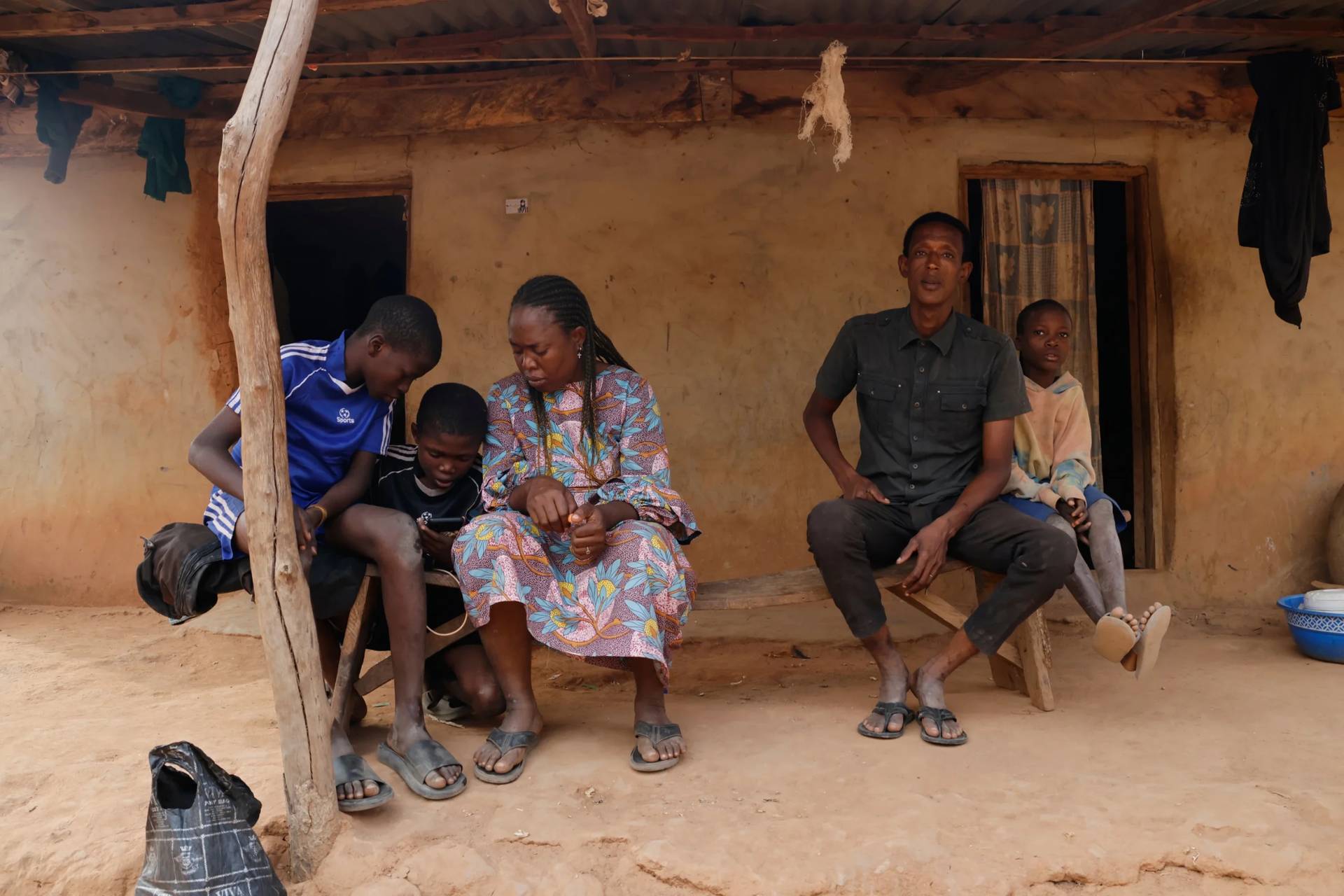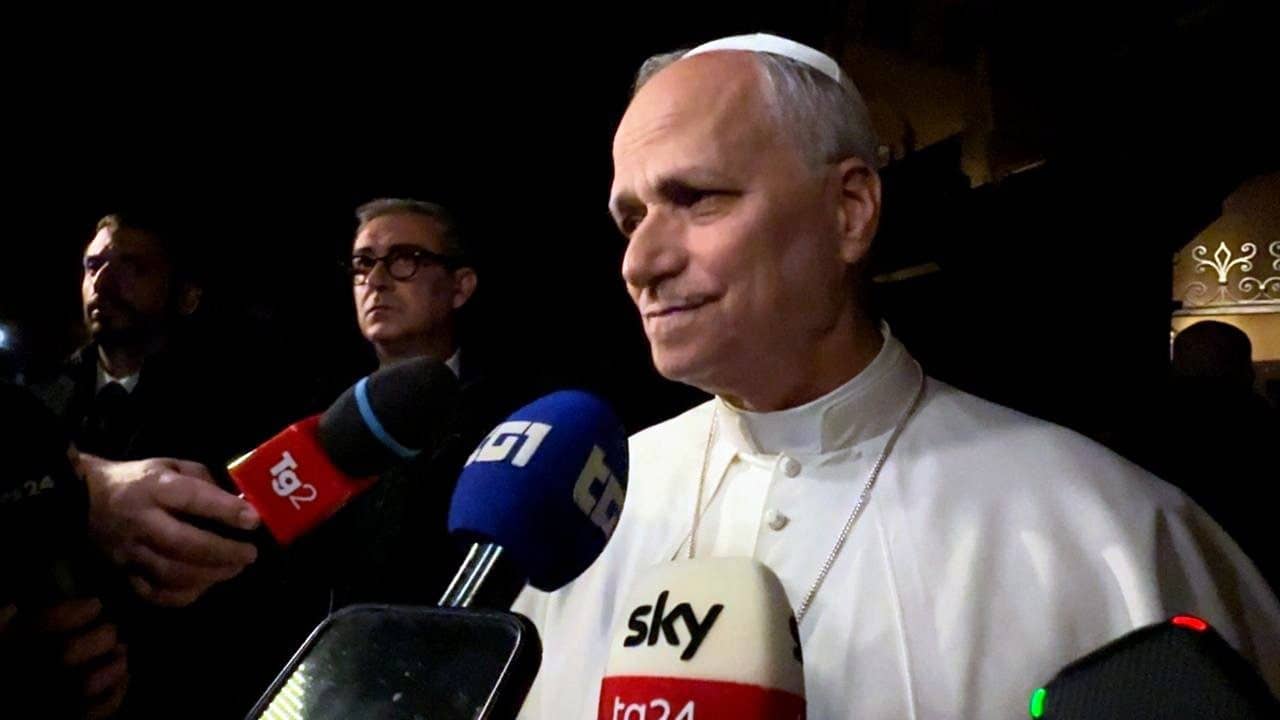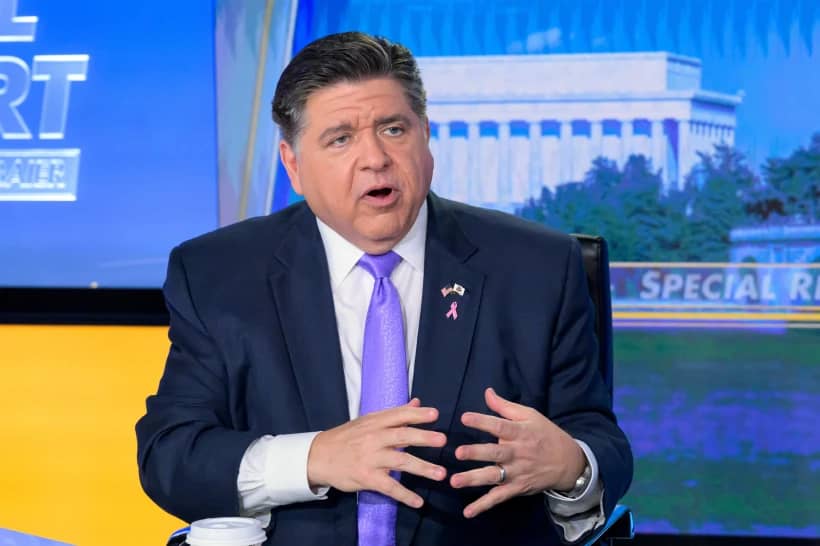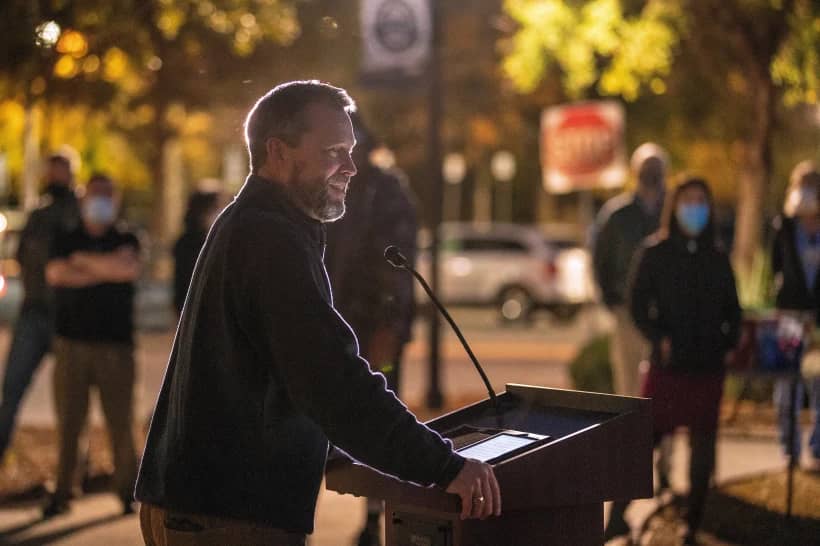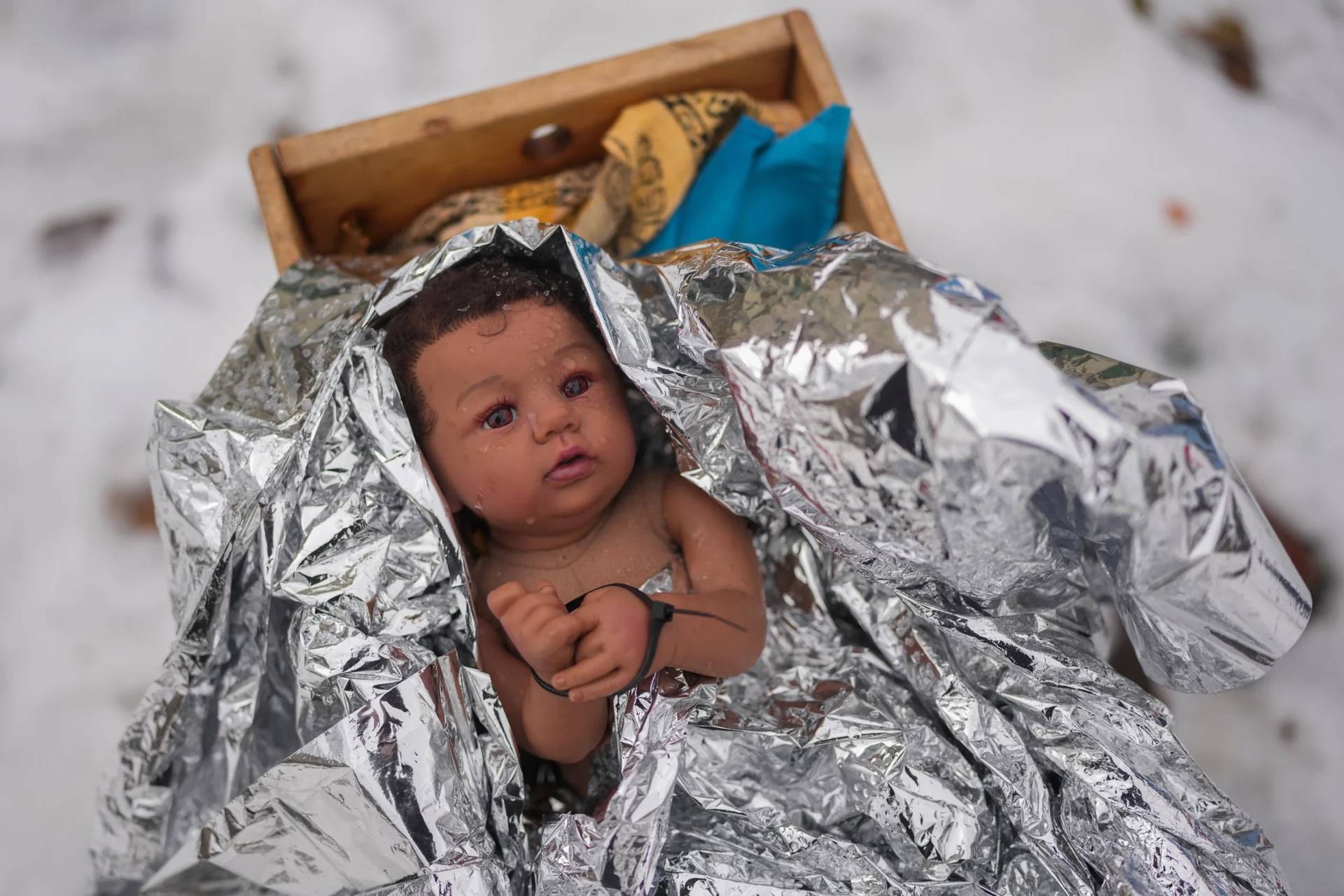Journalism tends to wildly overuse the term “historic,” but when it comes to Friday’s announcement that Pope Francis will meet Patriarch Kirill of Moscow and All Russia on Feb. 12 in Havana, there’s simply no other word for it.
It will be the first meeting ever between the head of the Roman Catholic Church and the spiritual chief of Russian Orthodoxy. It’s a moment for which ecumenical leaders on both sides have been laboring for decades, and to be honest, many thought they’d never live to see it.
St. John Paul II, the first Slavic pope who dreamed of reuniting Eastern and Western Christianity, longed to visit Russia, or, in the absence of such a trip, to meet the leader of the Russian Orthodox Church at a location of his choosing.
For the better part of a quarter-century, rumors of such a meeting would periodically erupt — the pope and patriarch would meet in Vienna, for instance, or in Crete, or in some other neutral site.
It never came to be, in large part because of resistance on the Russian side. Many Russian Orthodox fear that the Catholic model of ecumenism means submission to papal authority, and despite repeated assurances from John Paul, Benedict XVI, and now Francis that what they’re after instead is “reconciled diversity,” the suspicion never seemed to abate.
Further, many Russian Orthodox clergy and laity have a series of standing complaints about the Catholic Church, and have long insisted those disputes must be resolved before a meeting between the heads of the two churches would be anything other than a cheap photo-op.
Those complaints include:
- The so-called “Uniate Churches,” meaning the Eastern churches in communion with Rome, which some Orthodox see as a Trojan horse originally created to siphon people away from Orthodoxy.
- The Greek Catholic Church in Ukraine in particular, which some Russian Orthodox see not only as an illegitimate Catholic toehold on Moscow’s “canonical territory,” but also resent for its generally pro-Western and anti-Russian political line.
- Alleged Catholic proselytism in Russia and areas within Russia’s sphere of influence, despite the fact that a study in 2002 found there were just 800 conversions in the entire decade of the 1990s. Meanwhile, Evangelical and Pentecostal Christianity exploded in Russia, so much so that a 2012 book referred to it as a “post-Soviet gold rush.”
How acute have these tensions been felt over the years?
In 2004, John Paul II dispatched a high-profile delegation to return a cherished Russian Orthodox icon called the Madonna of Kazan to the Patriarch of Moscow. The group arrived at the Kremlin, sat through a lengthy Orthodox liturgy, and then formally placed the icon into the patriarch’s hands as a gesture of papal outreach and respect.
As they were doing so, the sound system inside the Cathedral of the Dormition was turned off so the crowd couldn’t hear the Vatican side expressing its good wishes, and a spokesman for the Patriarchate of Moscow went outside to go on television to say that until Rome got out of Ukraine, none of this meant anything.
That was par for the course at the time.
In recent years, however, three things have happened to jar the prospects for détente forward.
First was the election of Kirill in February 2009. Prior to becoming patriarch, Kirill had served as chair of the Russian Orthodox Church’s Department for External Church Relations, and in that capacity was effectively its top ecumenical official.
Kirill was long seen by ecumenical experts as open to closer ties with Rome and with other branches of Christianity, and when he would occasionally make less friendly declarations, many attributed it to his need to placate hardliners within the Russian Orthodox synod.
Seven years later, Kirill may feel that he has consolidated control to a sufficient extent that he can face down whatever criticism may come for agreeing to meet the pope.
Second has been the tremendous progress made over recent decades in relations between Catholicism and other Orthodox churches, especially the Patriarchate of Constantinople, but also Orthodox bodies in other nations, such as Armenia, Albania, Romania, and elsewhere.
Granted, Moscow is the essential player in Orthodoxy, since two-thirds of the world’s 225 million Orthodox Christians are Russians. Yet the calculation in Moscow today may be that if it continued to stand on the sidelines in terms of warming relations with Rome, it would find itself isolated.
Especially in light of a pan-Orthodox council scheduled for Crete in June, the first such gathering of leaders of all the Orthodox churches in 1,000 years, Moscow probably feels under pressure to reassert its relevance and leadership, and a high-profile summit with the pope is a terrific way of doing so.
Adding to that is the growing normalization of relations between Rome and Moscow at lower levels. For instance, at each of the recent Vatican Synods of Bishops, a guest from the Moscow Patriarchate was invited to speak and given a major platform.
Last fall, for instance, Metropolitan Hilarion of Volokolamsk used that stage to complain about the Greek Catholic Church in Ukraine, urging the Vatican to muzzle its objections to Russian foreign policy. It was considered a bit unmannered by many observers, but pushback within the synod was largely stifled in the spirit of being good neighbors.
Third, Francis has changed the calculus in Orthodox circles in terms of how they think about the pope.
He’s the first Latin American pope, and thus does not summon the same set of historical resentments largely tied to European history as either John Paul II, a Pole, or Benedict XVI, a German.
Moreover, his foreign policy priorities since his election have been largely congenial to Russia’s perceived interests. In September 2013, he joined forces with Vladimir Putin in successfully heading off a proposed Western military offensive in Syria to bring down the regime of Syrian President Bashar al-Assad.
Since then, Francis and Putin have met in the Vatican and found common ground on several matters, including the protection of Christians in the Middle East and the growing reemergence of Cuba in the community of nations.
Given that the Russian Orthodox Church enjoys an extremely close relationship with the Russian government, it’s unlikely Kirill would have agreed to the meeting with Francis without at least a tacit green light from Putin.
Back in the John Paul II days, it was always taken for granted that the first encounter between a pope and the Russian patriarch would have to take place on a neutral site, and then it could be followed by a papal trip to Russia itself.
If so, then Vatican-watchers might want to hit Rome bookstores for guidebooks to Moscow, because as of today, the idea of such an outing has transitioned from wildly improbable to increasingly plausible.








